Mt Elgon National Park – an unforgettable walk in a tropical rain forest
I have had the privilege of walking through pristine rain forests only a few times in my life and each time I have enjoyed the proximity to raw pure nature! A short 6 hour hike through Mt Elgon National park in North East Uganda was one such unforgettable experience.
The basics – Mt Elgon National park
The 1,145 sq kms Mount Elgon National Park comprises of the higher slopes of Mount Elgon (4,321 m), an extinct volcano, on the Uganda-Kenya border, spanning across both countries. The mountain, which measures 80km in diameter, once towered above Kilimanjaro’s current 5,900m. However, its cone collapsed inwards when a violent eruption emptied the volcano’s magma reservoir. The mountain’s height thus reduced significantly.
Rising 3000m above the hot, dusty plains of Karamoja, Mt Elgon National park provides a cool respite for humans and a refuge for unique flora and fauna. High points around the jagged rim form the highest peaks of Mt Elgon. This forms the circumference of a giant caldera which, at 8km across, is one of the world’s largest.
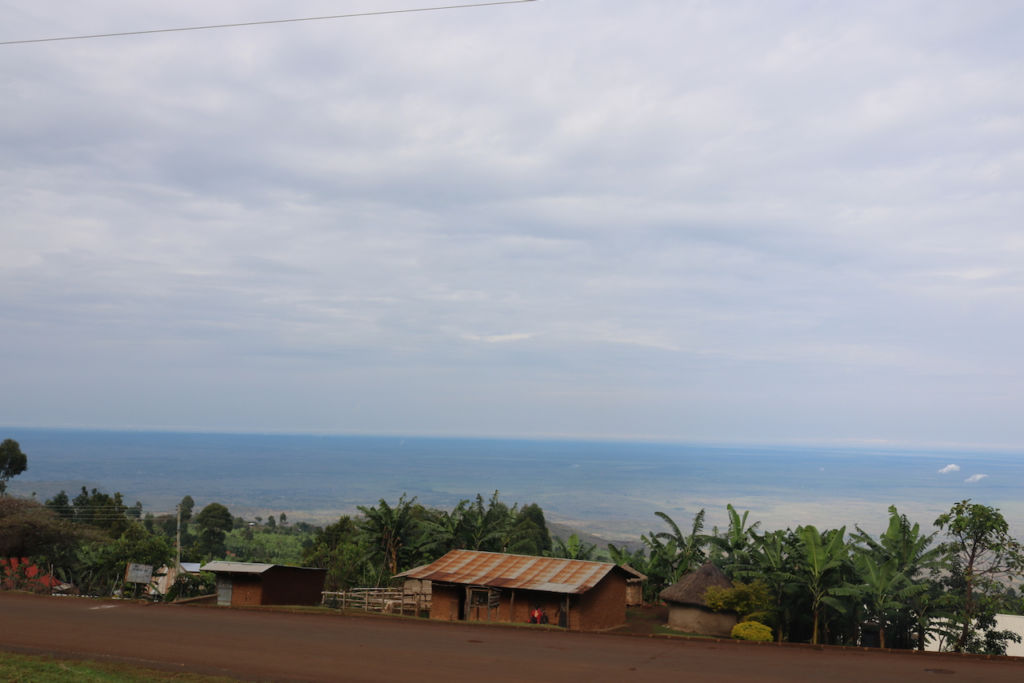
A tropical rain forest and a unique biosphere, in Mt Elgon, you will not find the usual abundance of large wildlife that you find in the forests of India. But, the variety of birds, insects, trees and plants is unsurprisingly rich. While Elgon has large mammals like elephants, buffalos, antelopes, duikers and forest monkeys, they can rarely be seen even on multi-day hikes. There are more than 300 species of birds – tracking and identifying them, though, can be challenge with the thick vegetation.
Forest Walk
I had an amazing time looking at and learning about the smaller flora and fauna in the forest and the ranger guides were a delight. E.g. smaller flowers, plants, their medicinal values, insects especially the crickets / locusts– which are masters of camouflage, the beetles and of course the amazing birdlife. We spotted nearly 35 species of birds (of which one was endemic). Surprisingly, the forest was always alive with bird calls throughout!! Even when it rained (it was cloudy most of the time), the forest was alive with calls. Quite a difference from what I had experienced in other rain forests like Nyungwe, or the Volcanoes National Park in Rwanda.
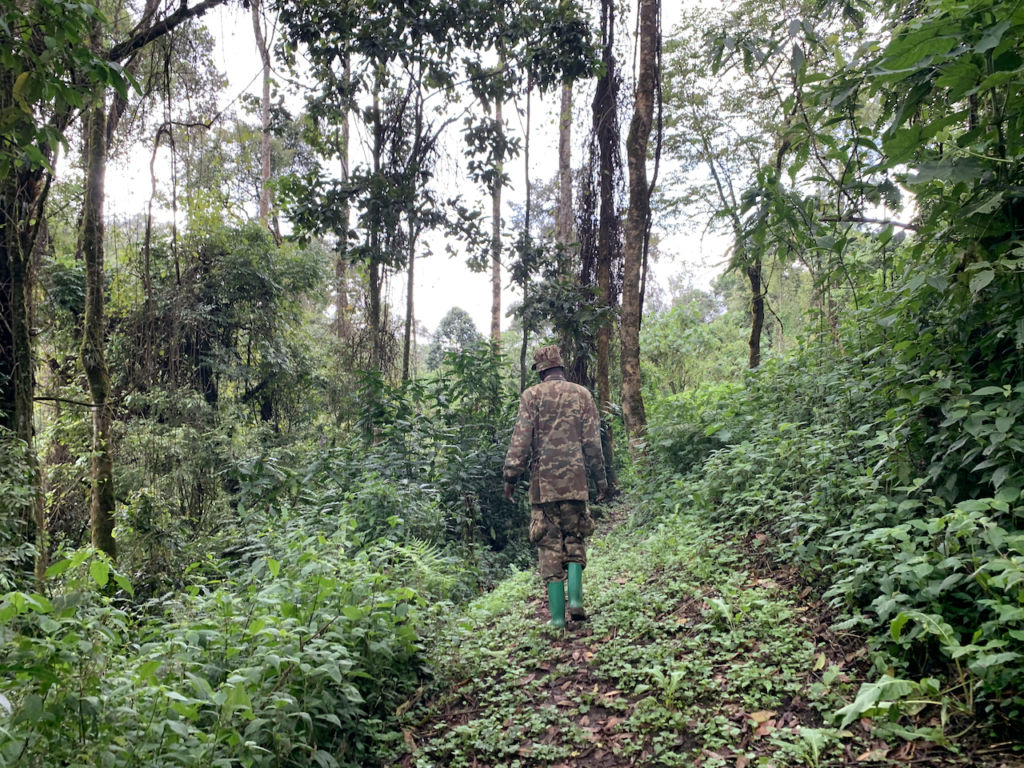
Near the visitors centre, the vegetation is the secondary rain forest. This area has been logged for timber already. Hence, the trees are younger and closer to each other. The second stage further up and higher up is the Primary rain forest. This area is fabulous with bigger, older trees with more space between them with abundant ground vegetation.
An important aspect to note was the number of butterflies I spotted. Though a cloudy day, I still observed a variety of butterfly species. A pity that my knowledge on butterflies is quite limited. I was told there are many more butterflies during the dry season. Not sure if this is true – but apparently, Elgon has half the butterfly species found in the whole of Uganda!
Flora – Tribals and medicines
The flora is diverse and needs a lot more research; but a good guide (like Simon) can narrate stories of medicinal wisdom learnt from the original tribal inhabitants of this forest. There are more than 270 tree species in the park – 60% of which have medicinal value. The local tribes – the Bagisu and the Sabiny were the original inhabitants before the forest was declared a national park. They were relocated to the fringes for better protection of the Park. However, researchers and forest authorities have apparently learnt some of the traditional knowledge by talking to the elders of the tribes. Till date, the original inhabitants are allowed access to the park in a controlled fashion for collecting resources like firewood, honey, medicinal plants etc from the forest.
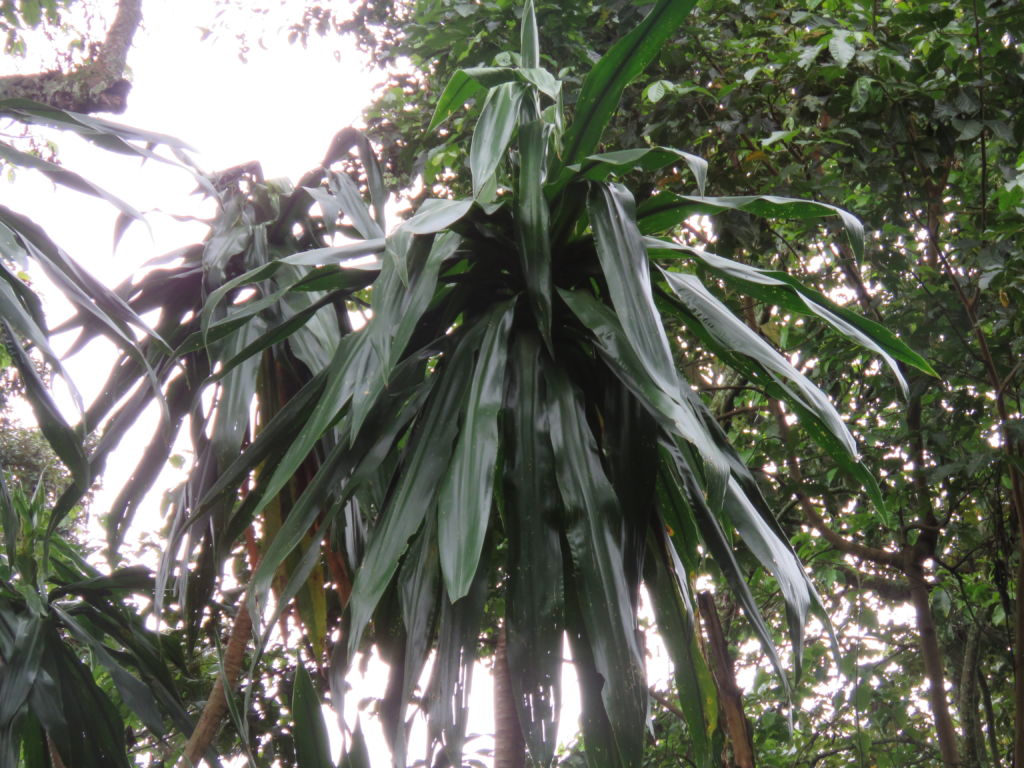
A Birding haven
The rain forests in Elgon are home to more than 300 species of birds. Of these, 36 are endemic only to Elgon! Since I had undertaken a specific birding trail, I had an excellent ranger guide – Joel, an expert on birds! Unlike the savannahs or deciduous forests, photographing birds is virtually impossible here. Usually, I take crude bird photographs and spend a delightful time post the trip identifying the bird species. But on this trip, I had to rely on Joel and Simon – my guides to help me look for and identify birds. We managed to see and identify nearly 34 species of birds including the Hartlaub’s Turaco.
Check out my bird list on: https://ebird.org/checklist/S65890481
Kapkwai Cave
During our forest walk, we came across an ancient cave – the Kapkwai cave. Such caves, formed by the moving lava and erosion of soft volcanic deposits, are common in the Elgon forests. These formations are shelters for the forest animals and also valuable sources for salt and other minerals. Elephants, buffaloes, antelopes and hyenas go deep into these caves in search of minerals.
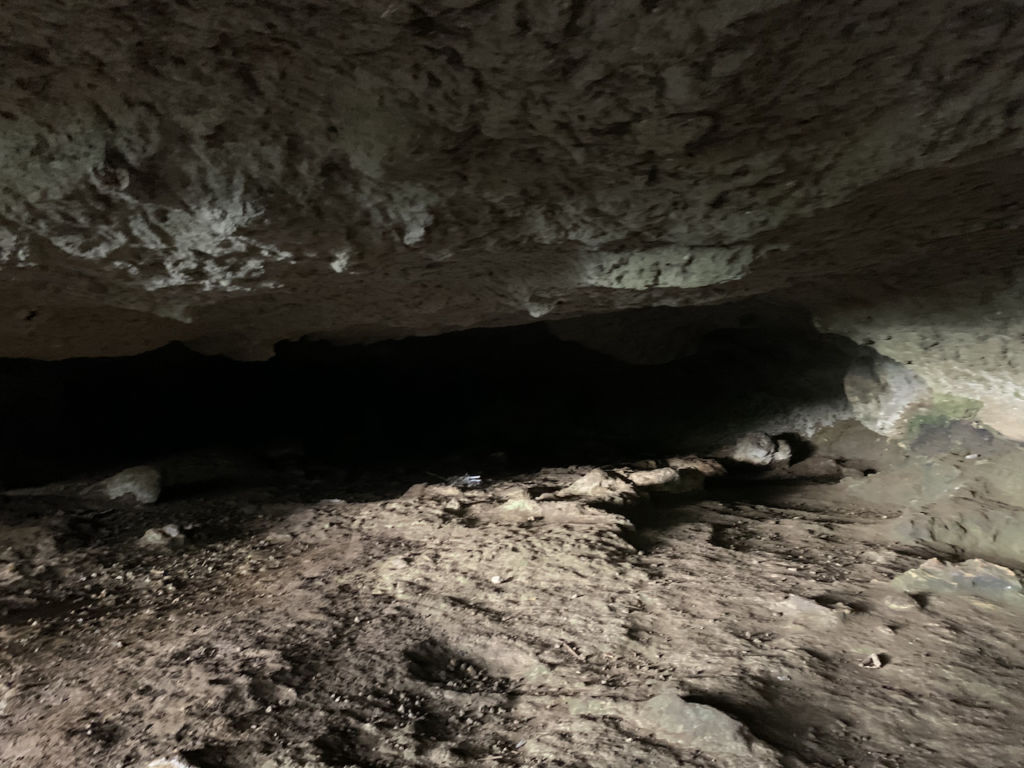
Historically, the caves acted as shelters for locals and their livestock. The bat droppings also were good manure sources. Additionally, these have been traditional sites for sacrifices and cultural ceremonies. More recently, Mountain climbers and their porters have started using these caves as their campsites e.g. Hunters Cave, Siyo Cave (near the hot springs), Mude Cave and Tutum Cave – all are ideal for overnight expeditions.
Deep inside the dark cave, you can find different insects, bats, spiders. Interestingly, we found a lot of wood fossils as well.
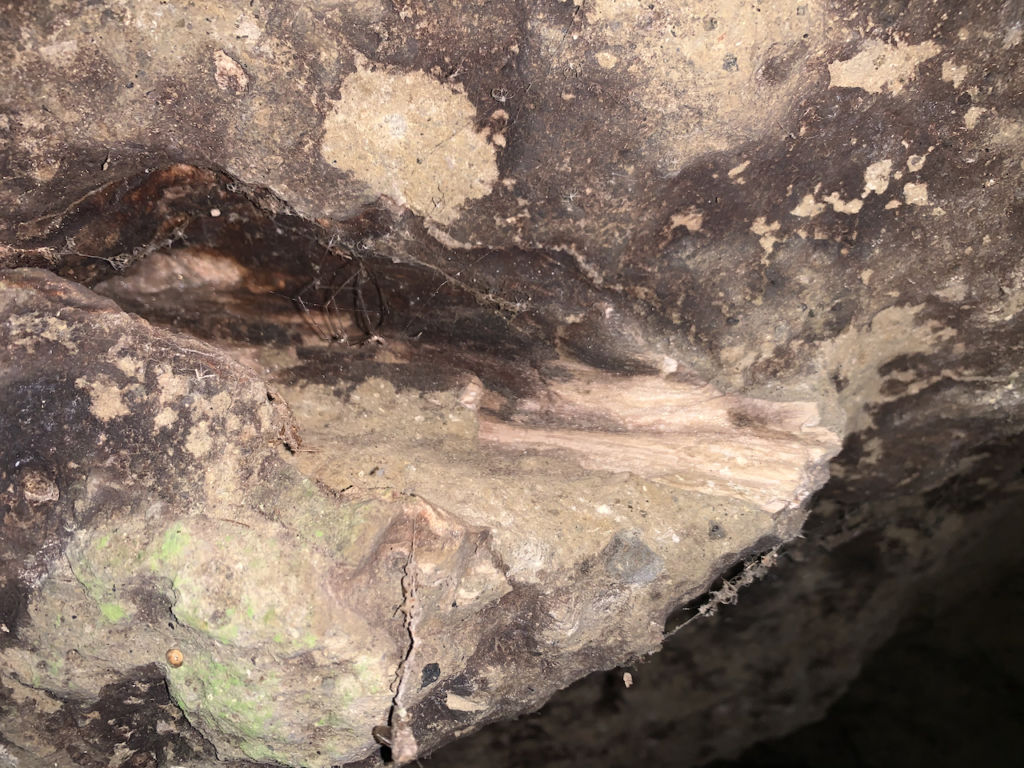
Chebonet Falls
The final destination of our walk was the beautiful Chebonet falls. Set in the dense rain forest, the cold waters of this waterfall were a delight. Definitely, the highlight of the day’s experience. The sheer pleasure of experiencing the pure waters amidst pristine forests is indescribable!
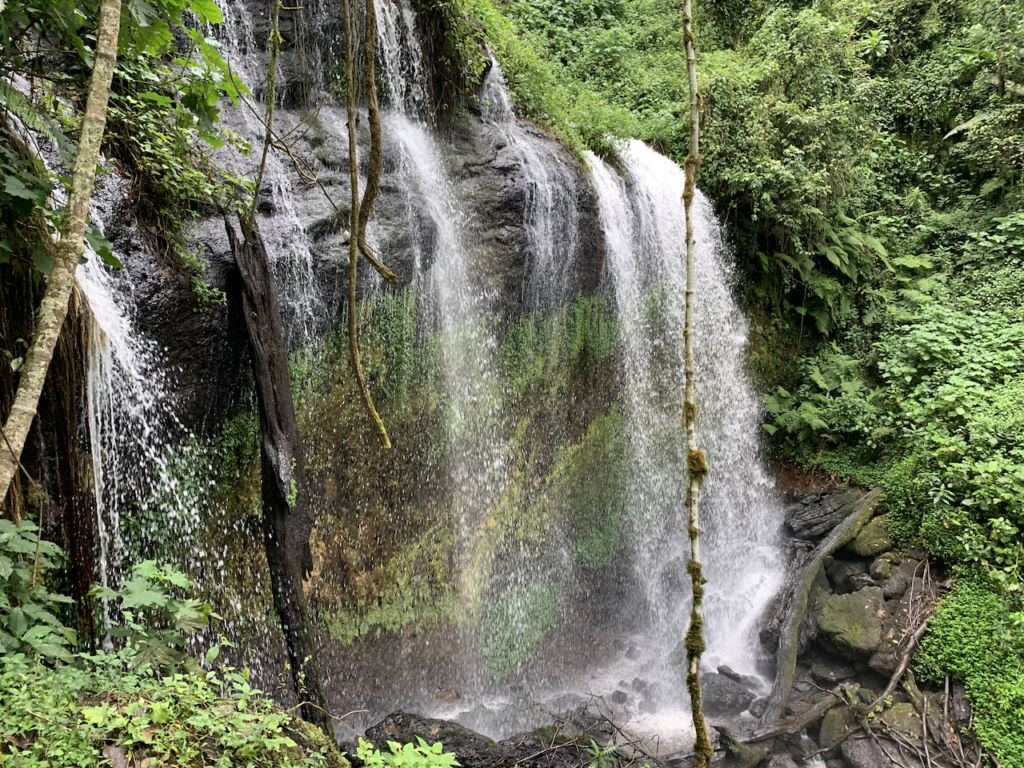
A course on Nature
I was fortunate to get great ranger guides on this forest walk. I was interested in birding and also keen on learning about the Flora and fauna of the Park. Hence, two ranger guides – Joel, the bird expert and Simon, the botanical expert were deputed to guide me on the forest walk. Wow! What a difference it made to the walk! Both guides were excellent sources of information and very keen on sharing their wealth of knowledge with a curious muzugu!
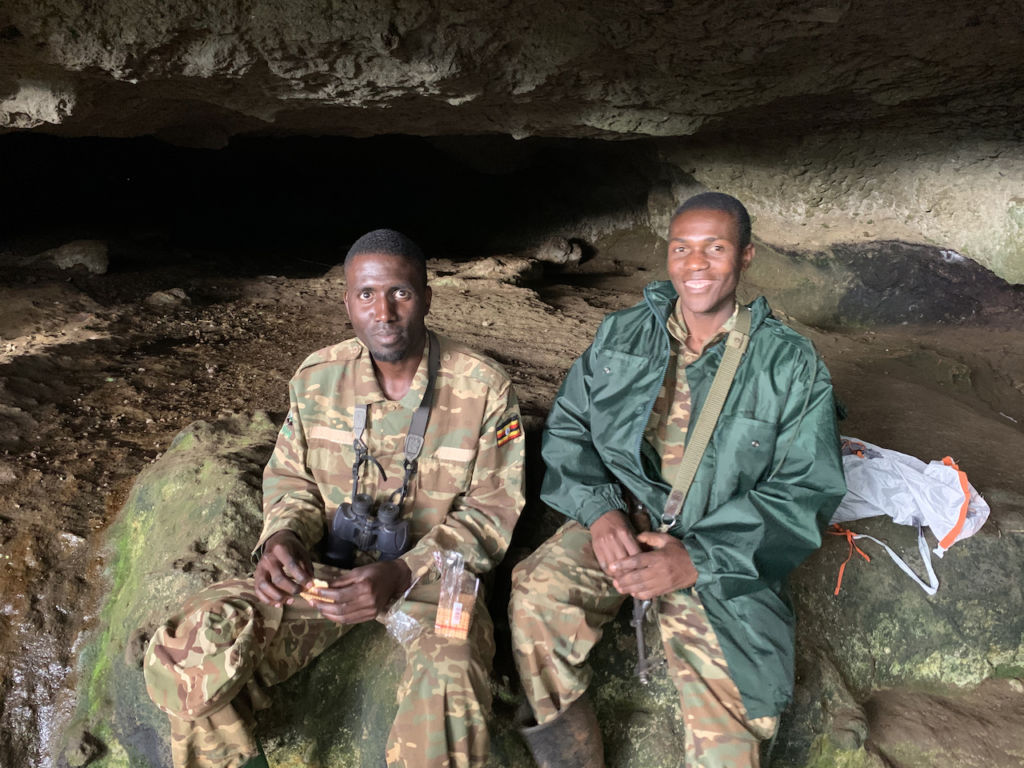
A couple of things stand out in my learning diary for the day.
Safari Ants
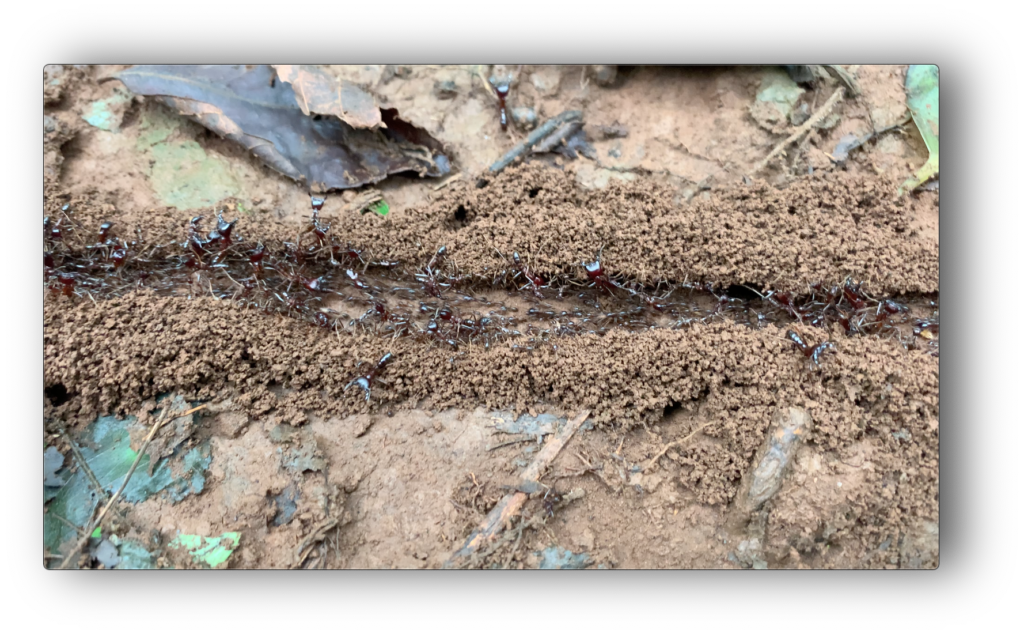
Safari Ants (a type of Army Ants) are fierce nomadic ants that are found in most forests of Uganda. Long columns of safari ants will fiercely defend themselves against any perceived threat. The Ant armies move along ‘highways’ arranged with the smaller ants being flanked by the larger soldier ants. The soldier ants instinctively take up positions as sentries and set a perimeter corridor through which the smaller ants can move safely. Some even make tunnels by inter-locking each other on top of the corridor as a ‘roof’ of sorts to provide a safe route for the workers.
If they sense some disturbance, the soldier ants rush to attacking the source of the disturbance – while the other ants merely flee! The sting of the soldier ants is powerful – there were nearly 20 of them on my legs within a minute!
An awesome spectacle to watch, but a nasty experience if you manage to disturb them provoking an attack.
Read more about them on https://en.wikipedia.org/wiki/Dorylus
Interesting piece of trivia: There is another specie of ants – which ‘follows’ the bigger safari ants and often reuse their ‘paths’ / ‘highways’. However, they are clear not to come in conflict with the Safari ants. Similarly, the safari ants also stay clear of them. E.g. if they come to know that the other ants are using their highway – they do not attack- merely make another highway!!
Under Ground Bee Hives
I have known only over-ground bee hives on trees or solid structures. Imagine my surprise when Simon pointed out a ground hollow which had been recently dug by the local tribes. This was the location for an underground bee-hive! This type of species of Honeybees (i.e. Bumblebees)– build their honey hives underground usually in abandoned animal burrows and tunnels!
It is impossible to figure out where the hive is – unless you happen to watch for bees flying low over the ground and entering the burrow to their hive in a particular place! The locals take this patient approach to track the hives for harvesting.
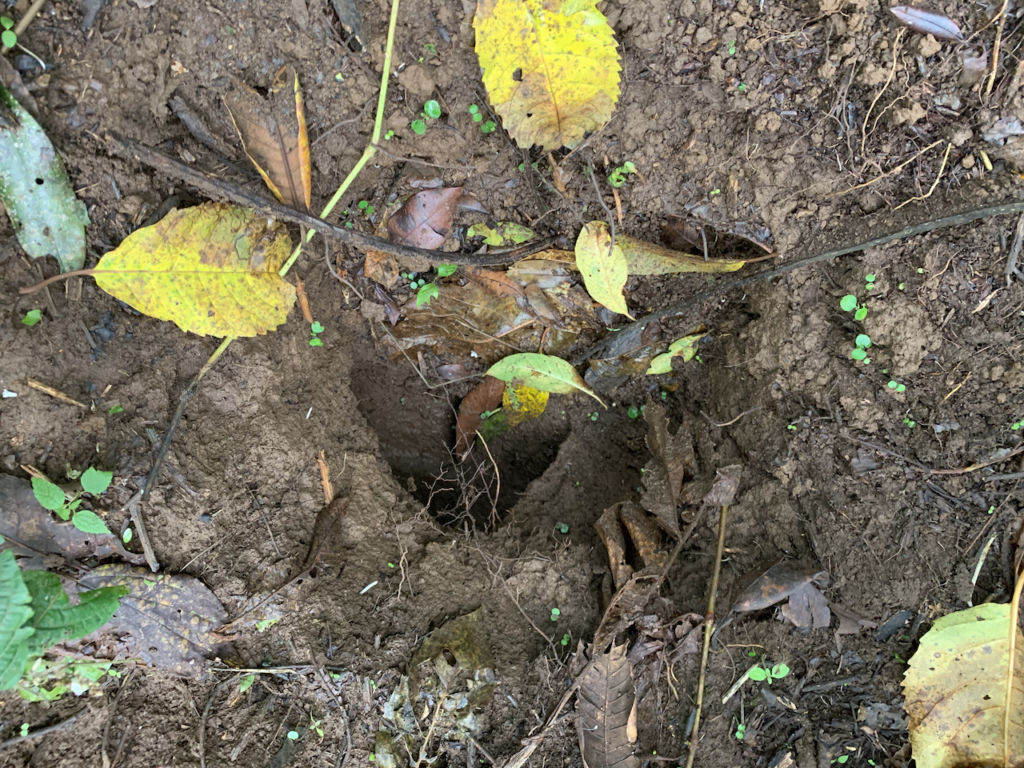
Other Park Activities
Currently used more for research purposes (of which I am sure more can be done), the park has a good potential for eco-tourism. The main feasible activity would be a half day forest walk – either on a birding trail or a simple nature walk. This is what I had done with limited time at my disposal.
Alternatives would be multi-day treks with stays inside the rain forest. The main trek (4-5 days) would lead to the Wagagai peak (at 4,321 mtres) with en-route stops at Kapkwai cave, Tutum Cave (connecting Uganda to Kenya), Kajeri Camp, the Caldera, Mude cave camp and ultimately to Wagagai. My next visit to Elgon would be for the multi-day trek and I so look forward to it!
A wonderful end to the day!
I had a wonderful day in Elgon National forest. Quite an unforgettable experience and I suppose I owe a lot to Joel and Simon for making it so! The end of the day was reward with a beautiful sighting of the Narina Trogon in the Exploration centre’s campus. I do hope I come back some day to Elgon. I will definitely plan for the multi-day trip at that time!
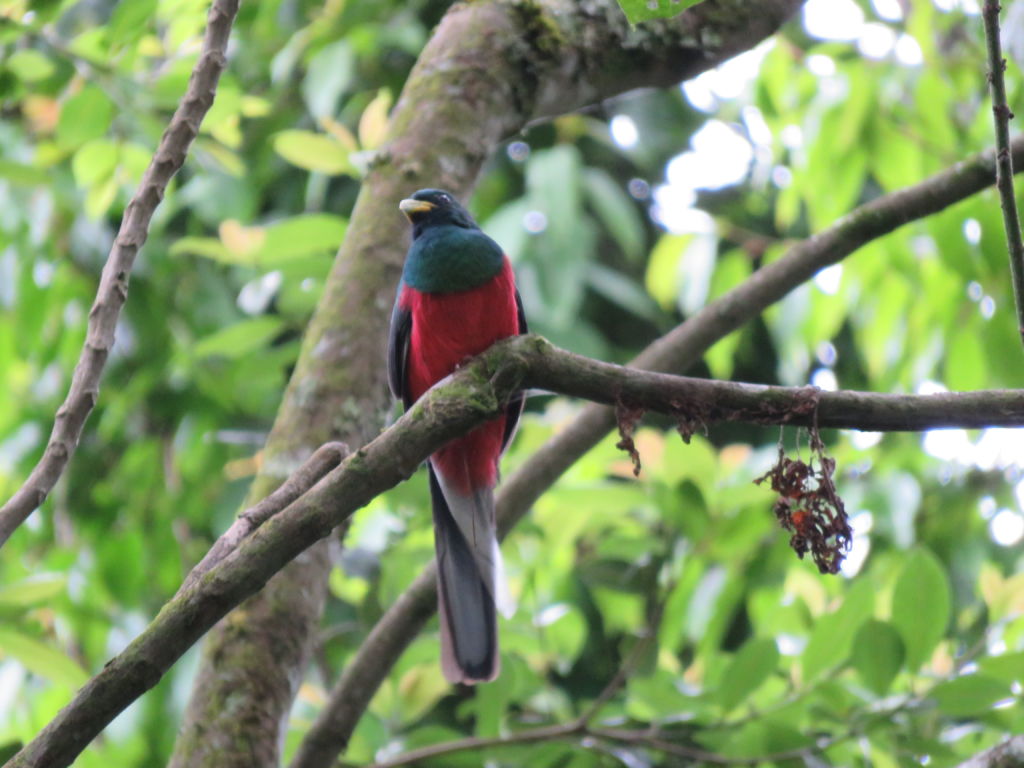
Sources:
https://www.ugandawildlife.org/areas-of-interest-menp

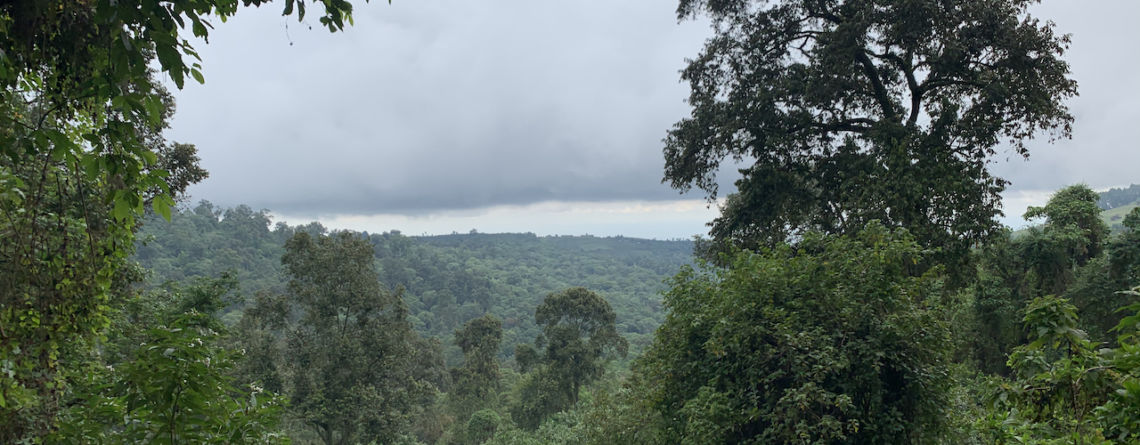
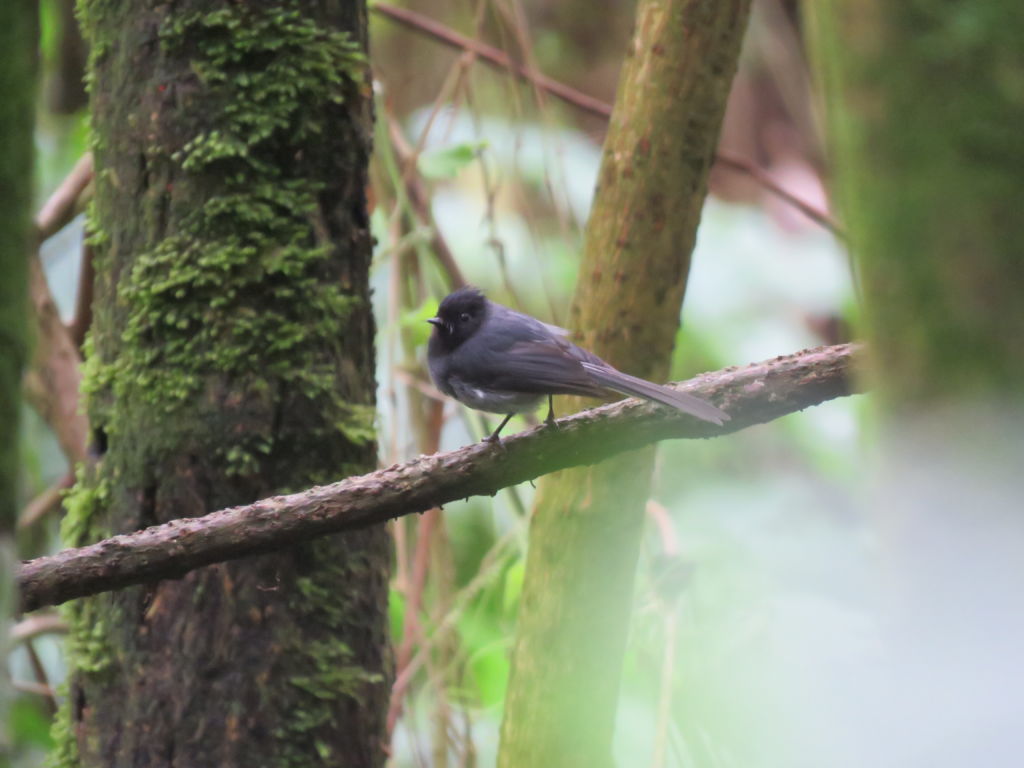
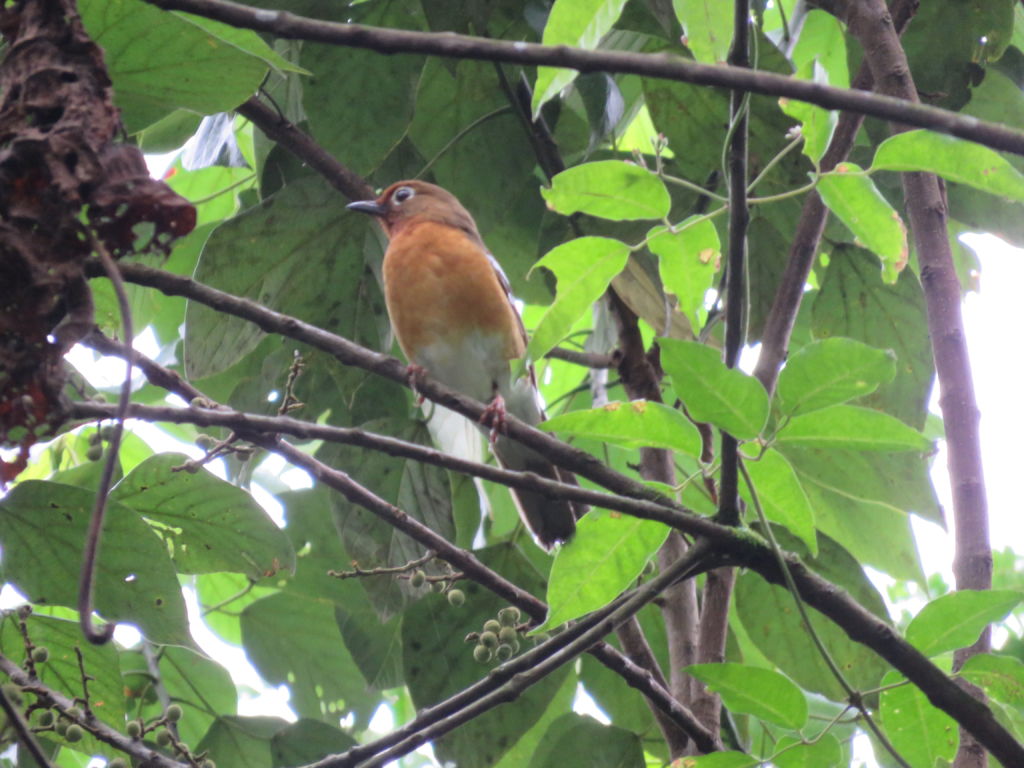

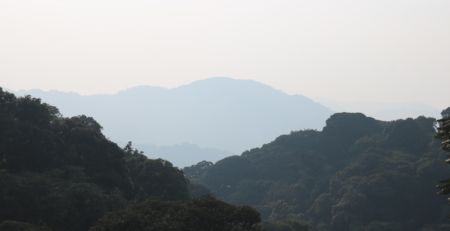
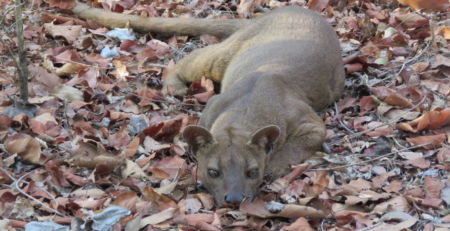
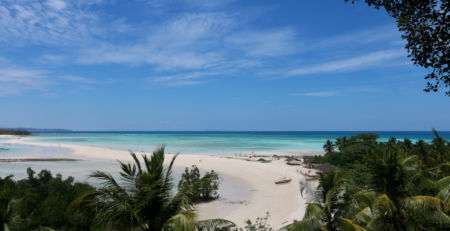
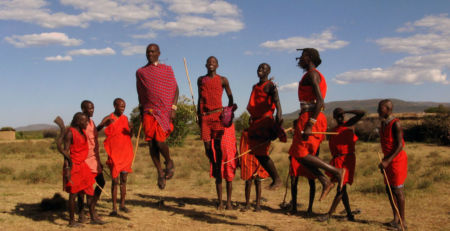
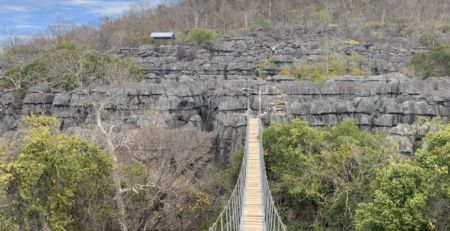
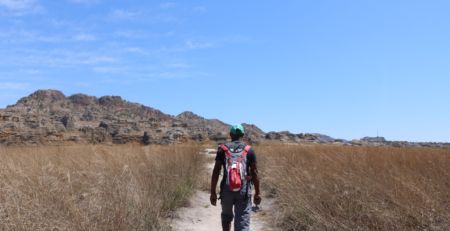
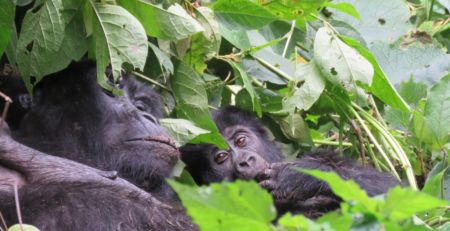
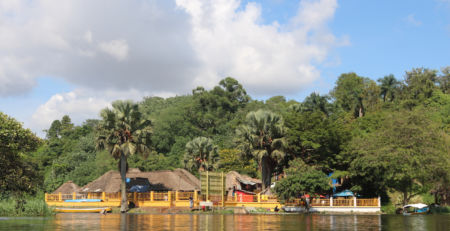
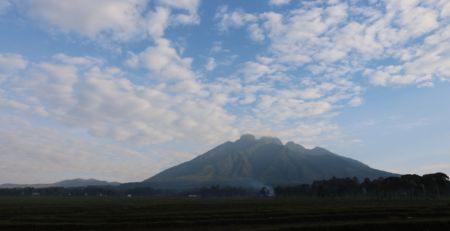
Leave a Reply